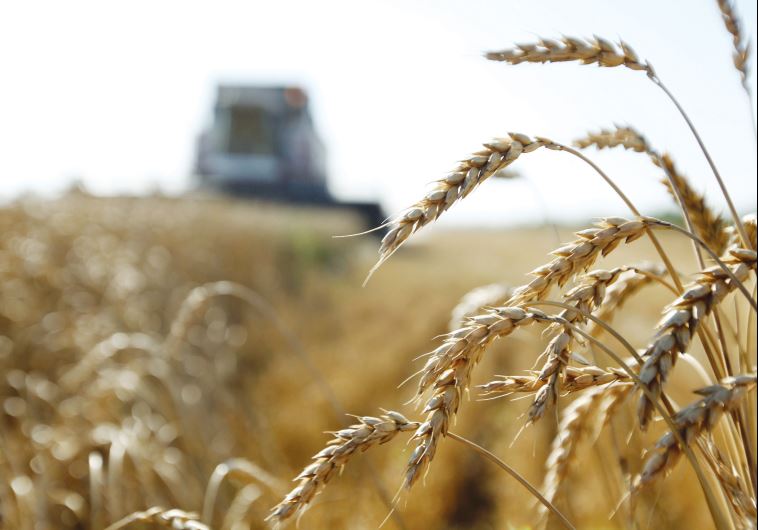Mapping a 16-billion-part genome? Give these Israelis a few weeks
An Israeli start-up, NRGene, is leading the way in genome mapping, DNA sequencing, and genetic analysis.
 Durum wheat (illustrative)(photo credit: ILLUSTRATIVE/STEFANO RELLANDINI/REUTERS)
Durum wheat (illustrative)(photo credit: ILLUSTRATIVE/STEFANO RELLANDINI/REUTERS)